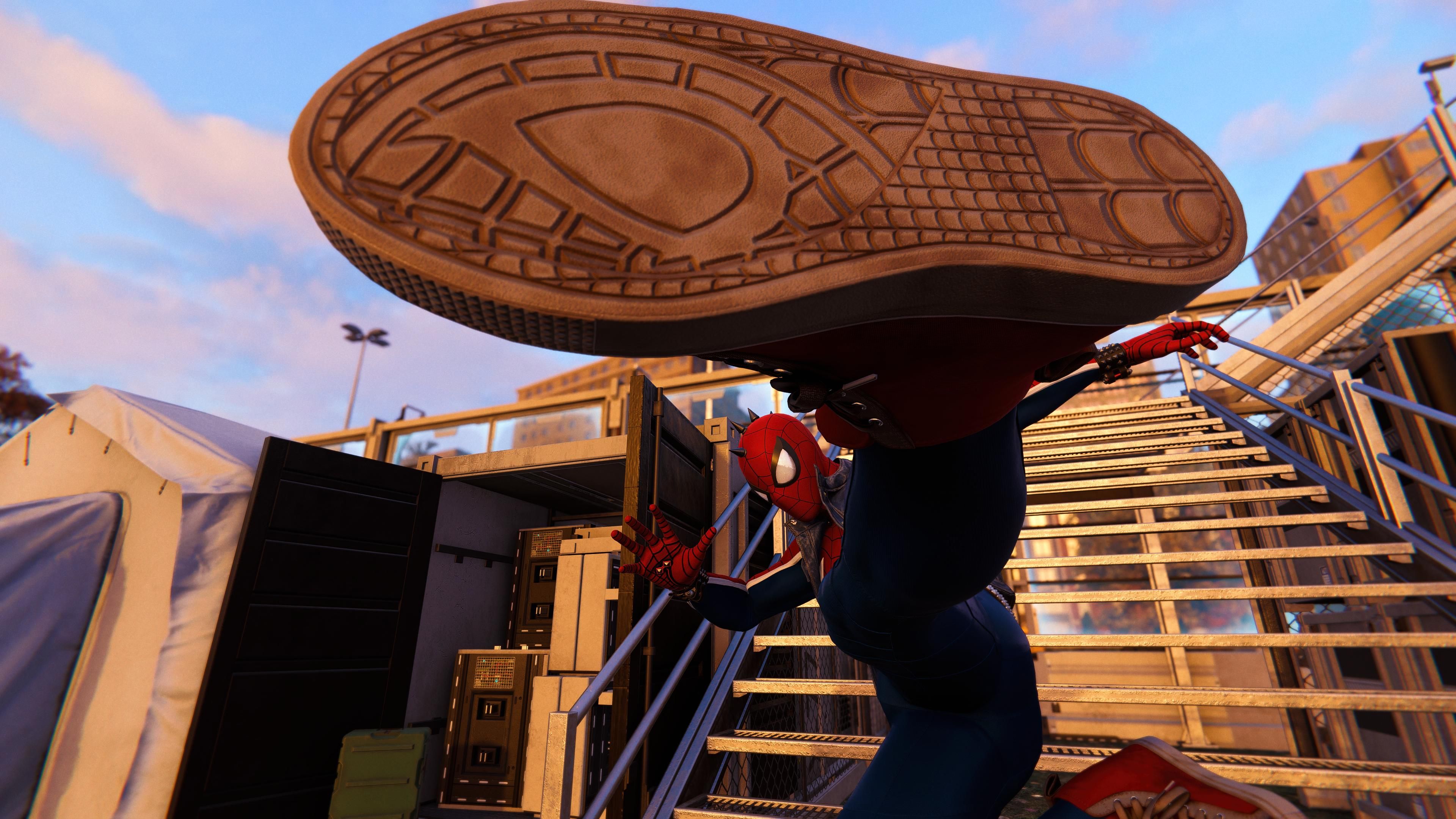The open world genre is one of the most divisive in gaming right now. Triple-A games seem to be set on continuously pushing the abilities of current technology by making their worlds bigger, their to-do list more drawn out, their runtimes longer. It seems like every time a major open world franchise announces that its latest game is going to be the biggest ever, a collective groan goes up from the player base. Certainly, the vocal minority seem unimpressed with the open world genre’s current direction, but very often in gaming, this vocal minority do not represent the players as a whole. Commercially and critically, open world games are still enjoying success, so maybe bigger is better after all? If you ask me, it’s just not that simple.
Longer games offer – in theory, at least – more value for money, since they can keep you entertained for more time. Plus, people like myself who work in games have to constantly bounce from one to the next one, whereas most people only play a handful a year, so value is a much bigger factor than the media sometimes gives credit for. Still, I’m not sure I buy into “more hours equals more fun,” especially given how mindless some games can get as they desperately prolong their runtimes with collectathons. Is a more concentrated experience better, or would players rather a game last them for longer, even at the cost of diluting it? Regardless of which side of the fence you fall on, the open world genre could learn a lot from Spider-Man: Miles Morales.
Miles’ adventure is around 18 hours long if you do everything, so it’s substantial enough, but it’s only around half as long as the Peter Parker original. I think for a lot of people, whether they bounce around a load of games or have to squeeze gaming time into their hectic lives, the sweet spot for game length is closer to Peter’s runtime of 35 hours, maybe slightly over. There’s space for one or two games a year to go way beyond that, but for most releases, I think Peter’s gets it right – although Miles provides a clearer idea of the genre’s potential future. That’s because it’s not really about length, it’s what it does with it.
Miles’ and Peter’s games take place in the exact same location, at least geographically. Both take place in modern day New York City, meaning both share the same layouts, landmarks, and outline. Even with buildings like Octavius’ lab, essential to Peter’s story but non-existent in Miles’, you’ll still find them on the map, only boarded up to stop entry. Thematically however, they live in very different versions of NYC. Peter lives in the New York we see in Tobey Maguire’s Spider-Man movies – a New York only-just-post-9/11, a New York where “you mess with one of us, you mess with all of us.” It’s an idealised version of the city, and Peter swings across all of Manhattan serving as its protector. It means he sees the city on a very macro scale, viewing ‘New York City’ as a collective setting, rather than a range of culturally distinct districts. Unless you know Manhattan’s architecture, it’s never easy to tell whether you’re in the Upper East Side, Harlem, or the Financial District. They lack the stories and personalities needed to distinguish them, and instead just become ‘New York City’ as a whole.
Miles’ experience of New York is slightly different. While he too gets all of Manhattan to explore, most of his story revolves around Harlem. In Peter’s game, Harlem was just another section of the map, but in Miles’, it’s the heartbeat of NYC itself. Miles’ story gets to be much more intimate, and he gets to interact with small-scale characters in much more vivid and powerful ways than Peter does, because Peter is too busy being everywhere at once to give too much time to individuals. Aside from established comic book characters like MJ, Aunt May, or Yuri, Peter doesn’t really get to know anybody at all in his 35 hours. Miles, with far less time, is able to do far more.
Spider-Man: Miles Morales reinvents the Harlem given to us in Peter’s game, and in doing so shows gaming how to breathe new life into the open world genre. I’m not suggesting all future open world games be spin-off length, but I am suggesting more Harlem and less New York. Less time exploring bigger, roving worlds and more time in smaller spaces developing a character’s universe from the inside out. Spider-Man: Miles Morales shows Harlem – and by extension, New York – through its hero’s eyes, giving us a world bursting with colour and personality.
I’d much rather have three or four Harlem-style locations stitched together in a carefully crafted, engaging story with free exploration than a huge open world that just makes you feel lost. Miles still can explore the rest of NYC too, and so the vastness of the world is never sacrificed, although Manhattan is admittedly more manageable in any case than many modern open worlds. Maybe that’s the point, though. You never feel hemmed in by Manhattan being too small, even though it’s significantly smaller than many other open world maps.
Of course, there is still a place for the 100+ hour long, humongous open worlds like Skyrim or Red Dead Redemption 2. But these are rare games, and most titles that try to mimic them end up falling flat with long, lifeless sections of filler designed only so the studio can say this is its “longest game ever!” Miles Morales has shown us that these games don’t need to chase map size or runtime as a benchmark for quality, especially if that means tanking the narrative or the pacing. Remember, it’s not the size that matters, it’s what you do with it.
Next: Bungie Still Doesn’t Understand Why People Would Rather Jump Off Cliffs Than Play Trials Of Osiris
- TheGamer Originals
- Spider-Man
- Ps5
- ps4
- Insomniac Games
- Spider-Man PS4
- Marvel's Spider-Man
- Spider-Man: Miles Morales
- Insomniac
Stacey Henley is an editor for TheGamer, and can often be found journeying to the edge of the Earth, but only in video games. Find her on Twitter @FiveTacey
Source: Read Full Article


